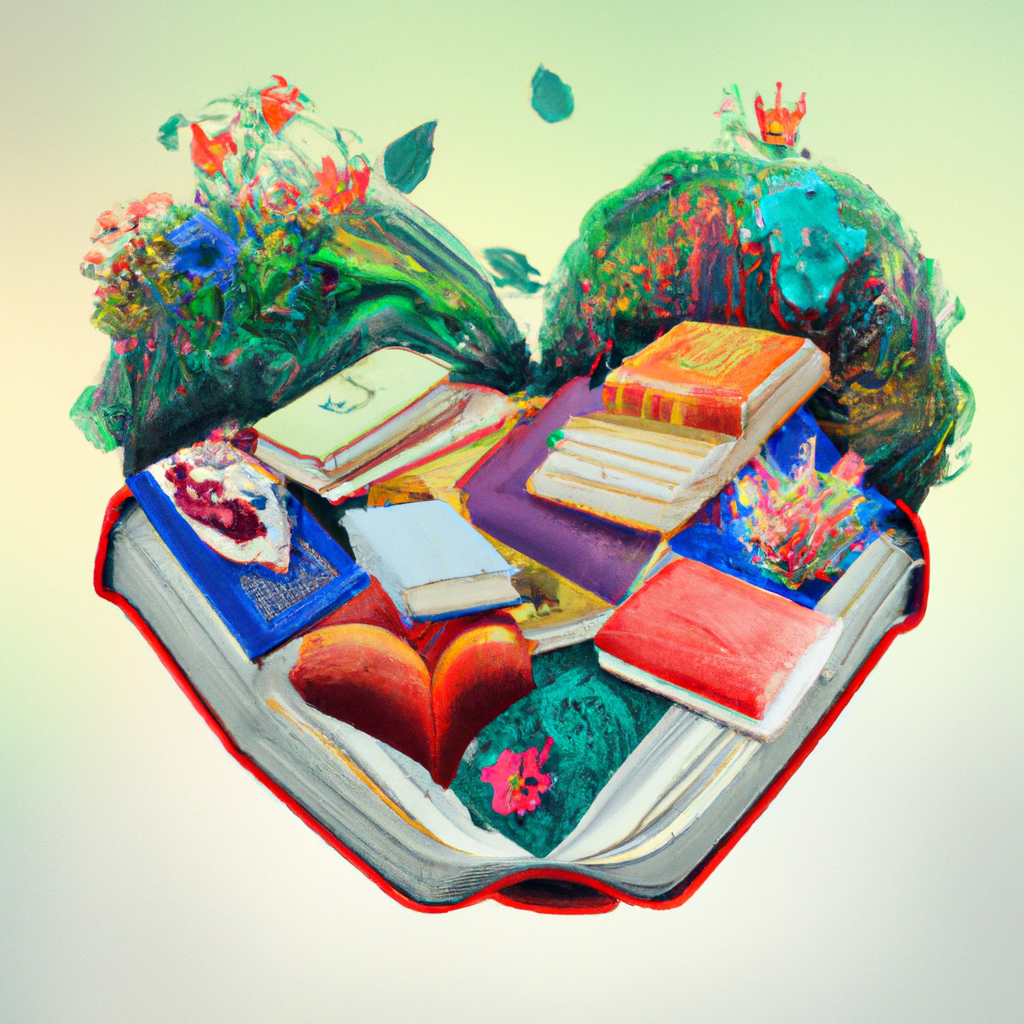“The Botany of Desire” by Michael Pollan: A Fascinating Look at the Relationship Between Humans and Plants
Plants have been an integral part of human life for thousands of years. From providing food and shelter to serving as medicine, plants have always been a crucial element in our lives. However, have you ever wondered if it’s not just we who desire plants, but plants that also desire us? This is the central theme of Michael Pollan’s book, “The Botany of Desire.”
Pollan’s book provides an insightful perspective on the relationship between humans and plants. In this article, we’ll take a closer look at this fascinating book and explore how it sheds light on the desires of both humans and plants.
The Four Plant Species Explored in “The Botany of Desire”
Pollan’s book focuses on four plant species that have a unique relationship with humans. These are apples, tulips, marijuana, and potatoes. Pollan argues that these plants have been successful in their evolution because they have figured out how to manipulate human desires to ensure their survival.
Apples
Pollan’s exploration of apples begins with the story of Johnny Appleseed, who was responsible for planting apple trees across much of the American Midwest in the early 19th century. Apples, according to Pollan, have evolved to appeal to our desire for sweetness, which ensures that they are eaten and their seeds are spread.
Tulips
Tulips, which are native to Central Asia, were introduced to Europe in the 16th century and became incredibly popular in the Netherlands. Pollan argues that tulips have evolved to appeal to our desire for novelty and beauty, which has ensured their survival even though they have no practical use.
Marijuana
Marijuana is a controversial plant that has been used for both medicinal and recreational purposes. Pollan explores how marijuana has evolved to appeal to our desire for altered states of consciousness, which has ensured its survival despite being illegal in many parts of the world.
Potatoes
Potatoes are one of the world’s most important food crops. Pollan argues that potatoes have evolved to appeal to our desire for control over our environment, as they can be grown in many different conditions and can be used to feed large populations.
The Desire for Control
One of the central themes of “The Botany of Desire” is the desire for control. Pollan argues that humans have always sought to control the natural world, and plants have evolved to take advantage of this desire.
For example, potatoes have been successful because they can be grown in many different conditions, which has allowed them to be cultivated in almost every corner of the globe. Similarly, apples have been successful because they appeal to our desire for sweetness, which ensures that they are eaten and their seeds are spread.
The Desire for Beauty
Another central theme of “The Botany of Desire” is the desire for beauty. Pollan argues that humans have always been attracted to beautiful things, and plants have evolved to take advantage of this desire.
Tulips are a perfect example of this. They have no practical use, but they are incredibly beautiful and have been cultivated for centuries for their aesthetic qualities. This desire for beauty has ensured that tulips have survived and thrived, despite having no practical use.
The Desire for Intoxication
Pollan also explores the desire for intoxication, which has been a part of human culture for thousands of years. Marijuana is a plant that has evolved to take advantage of this desire, as it contains chemicals that can alter our consciousness.
However, Pollan also argues that this desire for intoxication is not just limited to humans. Plants themselves can also become intoxicated, as they produce chemicals that can affect the behavior of animals that eat them.
Conclusion
“The Botany of Desire” is a fascinating book that provides a unique perspective on the relationship between humans and plants. Pollan’s exploration of the desires of both humans and plants is insightful and thought-provoking, and it sheds light on the complex and often symbiotic relationship between the two.
Whether it’s our desire for sweetness, beauty, or intoxication, plants have evolved to take advantage of our desires and ensure their survival. This book is a must-read for anyone interested in the natural world and our relationship with it.



